Cycling tours offer a unique blend of adventure, exploration, and physical activity that few other travel experiences can match. One of the primary benefits is the opportunity to immerse oneself in the environment. Unlike traditional forms of transportation, cycling allows travelers to engage with their surroundings on a more intimate level.
The sights, sounds, and smells of a destination become more vivid when experienced from the seat of a bike. This mode of travel encourages a slower pace, allowing participants to appreciate the nuances of local culture and landscapes that might otherwise be missed. Moreover, cycling tours promote physical fitness and well-being.
Engaging in regular cycling not only enhances cardiovascular health but also strengthens muscles and improves flexibility. The rhythmic motion of pedaling can be meditative, providing mental clarity and reducing stress levels. Many participants find that the combination of exercise and exploration leads to a heightened sense of accomplishment and satisfaction.
The social aspect of cycling tours also fosters camaraderie among participants, creating lasting friendships and shared memories that enrich the overall experience.
Key Takeaways
- Cycling tours offer a unique way to explore new destinations while staying active and healthy.
- Popular destinations for trek cycling tours include the Alps, the Dolomites, and the Pyrenees.
- Participants can expect challenging terrain, breathtaking scenery, and a sense of accomplishment on a trek cycling tour.
- Trek Bikes provides high-quality equipment and expert guides to enhance the cycling experience.
- Proper training, bike maintenance, and packing essentials are crucial for a successful trek cycling tour.
Destinations for Trek Cycling Tours
When it comes to selecting destinations for Trek cycling tours, the options are as diverse as the landscapes they traverse. Europe is a perennial favorite, with countries like France, Italy, and the Netherlands offering picturesque routes that cater to cyclists of all skill levels. The Loire Valley in France, for instance, is renowned for its stunning châteaux and vineyards, providing a scenic backdrop for leisurely rides.
Cyclists can enjoy flat terrain along the riverbanks while indulging in local wines and cheeses at charming roadside cafés. In contrast, the rugged terrains of New Zealand present a different kind of challenge and beauty. The Otago Central Rail Trail is a popular choice, winding through breathtaking landscapes that include mountains, rivers, and historic gold mining towns.
This destination not only offers stunning views but also a rich history that cyclists can explore along the way. For those seeking an exotic experience, Vietnam’s countryside provides an opportunity to ride through lush rice paddies and bustling markets, immersing travelers in the vibrant local culture while enjoying the thrill of cycling through varied terrains.
What to Expect on a Trek Cycling Tour
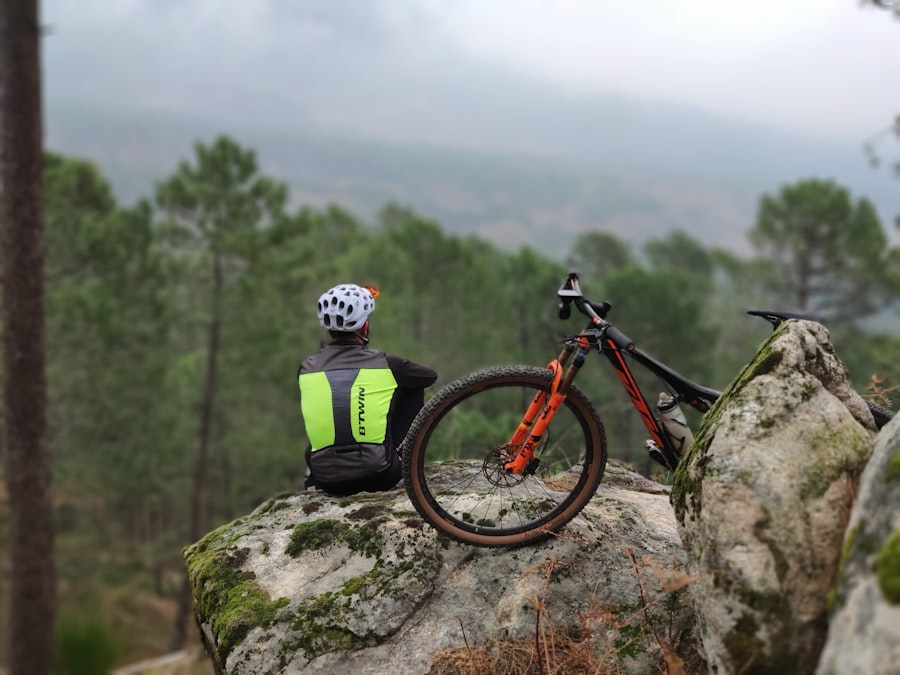
Participants in a Trek cycling tour can expect a well-organized itinerary that balances cycling with opportunities for exploration and relaxation. Most tours are designed to accommodate various skill levels, ensuring that both novice and experienced cyclists can enjoy the journey. Daily distances typically range from 30 to 60 miles, allowing ample time for sightseeing and breaks.
Riders can anticipate a mix of paved roads, gravel paths, and scenic trails that showcase the best of each destination. Accommodations during these tours are often carefully selected to enhance the overall experience. Cyclists may stay in charming inns, hotels, or even campgrounds that reflect the local culture.
Meals are usually included, featuring regional cuisine that allows participants to savor the flavors of their surroundings. Additionally, knowledgeable guides accompany the group, providing insights into local history, culture, and geography while ensuring safety and support throughout the ride. This combination of structured planning and flexibility allows participants to fully engage with their environment while enjoying the thrill of cycling.
The Trek Bikes Experience
| Metrics | Data |
|---|---|
| Customer Satisfaction | 90% |
| Number of Bikes Sold | 10,000 |
| Number of Stores | 200 |
| Employee Satisfaction | 85% |
Trek Bikes has established itself as a leader in the cycling industry, known for its commitment to quality and innovation. When participating in a Trek cycling tour, riders benefit from access to high-performance bicycles designed for comfort and efficiency. Trek’s range of bikes caters to various terrains and riding styles, ensuring that each participant has the right equipment for their journey.
From lightweight road bikes to sturdy mountain bikes, Trek’s offerings are engineered to enhance the cycling experience. In addition to top-notch bicycles, Trek provides comprehensive support throughout the tour. This includes maintenance services to ensure that bikes remain in optimal condition during rides.
Participants can expect well-maintained equipment that enhances their comfort and performance on the road. Trek’s commitment to customer satisfaction extends beyond just the bikes; their knowledgeable staff is dedicated to creating memorable experiences for cyclists by offering guidance on route selection, safety tips, and local attractions.
How to Prepare for a Trek Cycling Tour
Preparation is key to ensuring a successful Trek cycling tour experience. Prospective participants should begin by assessing their fitness levels and setting realistic training goals leading up to the tour. Incorporating regular cycling into one’s routine is essential; gradually increasing distance and intensity will help build endurance and confidence.
Additionally, cross-training activities such as running or swimming can enhance overall fitness and prevent injury. Packing appropriately is another crucial aspect of preparation. Cyclists should invest in quality gear that includes padded shorts, moisture-wicking clothing, and comfortable footwear designed for cycling.
A well-fitted helmet is non-negotiable for safety reasons. Beyond clothing, packing essentials such as sunscreen, a reusable water bottle, and basic repair tools can make a significant difference during the tour. Familiarizing oneself with the itinerary and researching the destinations can also enhance the experience by allowing participants to plan for sightseeing opportunities along the route.
The Importance of Safety on Cycling Tours
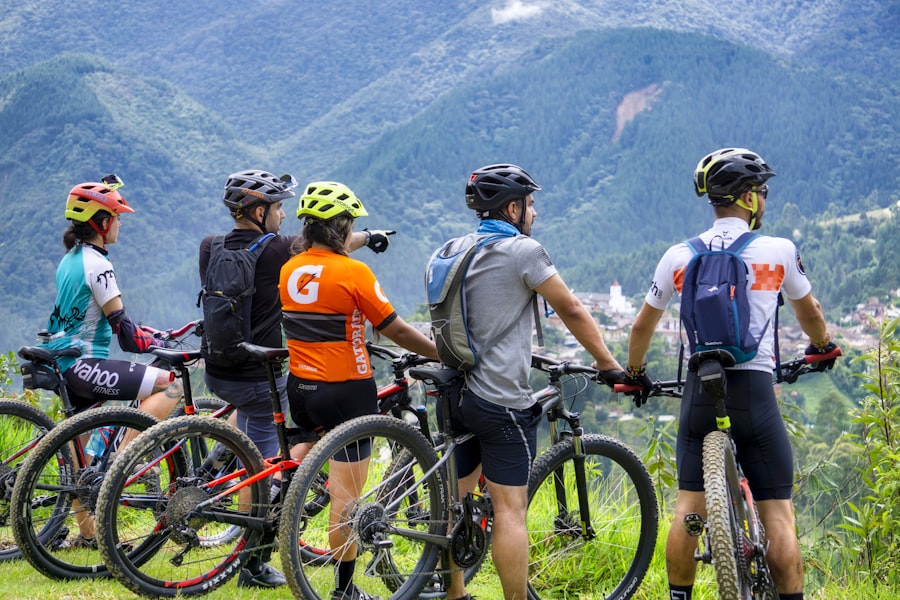
Safety is paramount on any cycling tour, particularly when navigating unfamiliar roads or challenging terrains. Participants should prioritize wearing helmets at all times and adhere to traffic laws specific to each region they are cycling through. Understanding hand signals for turning or stopping is essential for communicating with fellow cyclists and ensuring everyone’s safety on group rides.
Additionally, it’s important to stay aware of one’s surroundings while cycling. This includes being vigilant about road conditions, weather changes, and potential hazards such as potholes or debris. Many Trek cycling tours provide safety briefings at the beginning of each ride, equipping participants with knowledge about safe riding practices and emergency procedures.
Having a first-aid kit on hand is also advisable; knowing how to respond to minor injuries can help ensure that any issues are addressed promptly.
The Best Time of Year for Cycling Tours
The timing of a cycling tour can significantly impact the overall experience, with various seasons offering distinct advantages and challenges. Spring and fall are often considered ideal times for cycling tours due to milder temperatures and lower humidity levels in many regions. For instance, riding through Tuscany in late spring allows cyclists to enjoy blooming landscapes without the sweltering heat of summer.
Conversely, summer months may be preferable for those seeking longer daylight hours and vibrant local festivals. However, it’s essential to consider regional climate variations; some areas may experience extreme heat or heavy rainfall during certain months. Researching specific destinations ahead of time can help cyclists choose the best season for their preferred routes while maximizing comfort and enjoyment during their rides.
The Cultural Experience of Trek Cycling Tours
One of the most enriching aspects of Trek cycling tours is the opportunity to engage with local cultures along the route. Cyclists often pass through small towns and villages where they can interact with residents, sample traditional foods, and learn about local customs. This cultural immersion adds depth to the travel experience; rather than merely observing from a distance, participants become active participants in the communities they visit.
For example, a cycling tour through Vietnam may include stops at local markets where riders can taste street food delicacies or participate in cooking classes that highlight regional cuisine. Similarly, tours in Europe might feature visits to historic sites or artisan workshops where travelers can witness traditional crafts being made firsthand. These interactions foster a greater appreciation for cultural diversity while creating lasting memories that extend beyond mere sightseeing.
The Physical and Mental Benefits of Cycling
Cycling is not only an enjoyable activity but also offers numerous physical benefits that contribute to overall health and well-being. Regular cycling strengthens cardiovascular fitness by improving heart health and increasing lung capacity. It also builds muscle strength in the legs while promoting joint flexibility due to its low-impact nature.
Engaging in cycling tours provides an excellent opportunity for individuals to enhance their fitness levels while exploring new destinations. Beyond physical health benefits, cycling has profound mental health advantages as well. The rhythmic motion of pedaling can serve as a form of meditation, helping to clear the mind and reduce stress levels.
Many cyclists report feeling an increased sense of happiness after rides due to the release of endorphins—often referred to as “the runner’s high.” Participating in group rides fosters social connections that combat feelings of isolation or loneliness while providing motivation through shared experiences.
Tips for Choosing the Right Trek Cycling Tour
Selecting the right Trek cycling tour involves careful consideration of several factors to ensure an enjoyable experience tailored to individual preferences and abilities. First and foremost, potential participants should assess their fitness levels and choose a tour that aligns with their capabilities; some tours may be more challenging than others based on terrain or daily mileage. Additionally, researching itineraries is crucial; understanding what sights will be visited or activities included can help travelers select a tour that resonates with their interests—be it culinary experiences, historical landmarks, or natural wonders.
Reading reviews from previous participants can provide valuable insights into what to expect regarding accommodations, guides, and overall organization.
Sustainable Travel: Eco-Friendly Cycling Tours
Sustainable travel practices are increasingly important in today’s world as travelers seek ways to minimize their environmental impact while exploring new destinations. Cycling tours inherently promote eco-friendly travel by reducing reliance on motorized transportation; bicycles produce no emissions and allow travelers to navigate areas inaccessible by car. Many Trek cycling tours emphasize sustainability by partnering with local businesses that prioritize environmentally responsible practices—such as sourcing food locally or using eco-friendly accommodations.
Participants are often encouraged to engage in responsible tourism behaviors by respecting wildlife habitats and supporting conservation efforts within communities they visit. By choosing eco-friendly cycling tours, travelers contribute positively to both local economies and environmental preservation efforts while enjoying an enriching travel experience.



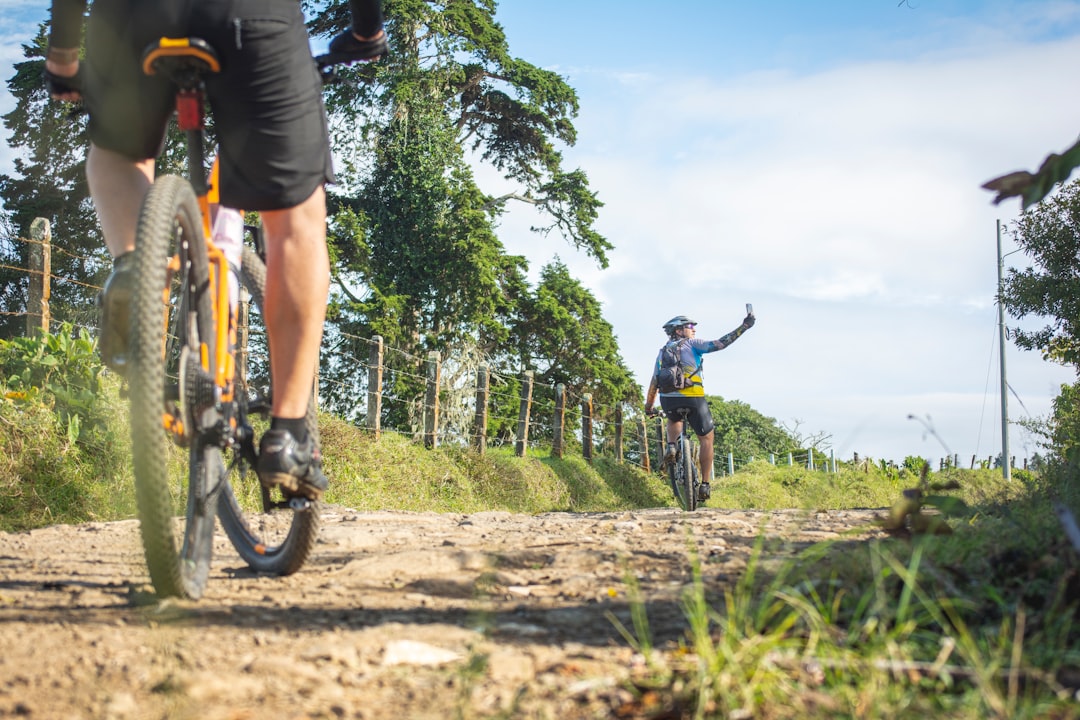
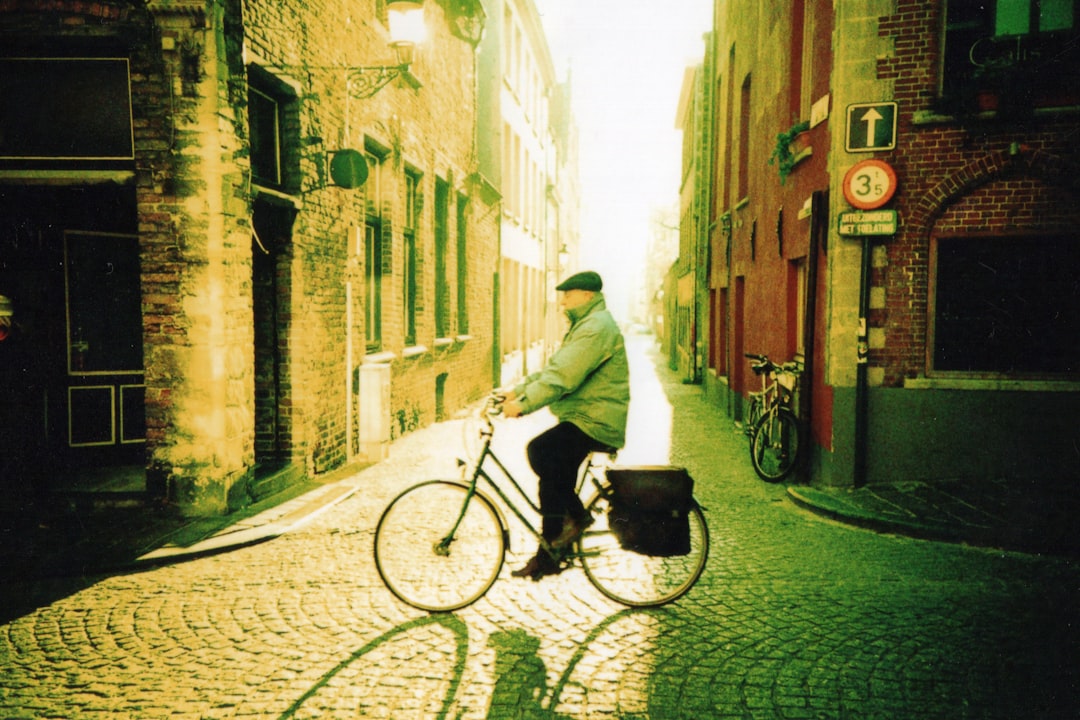







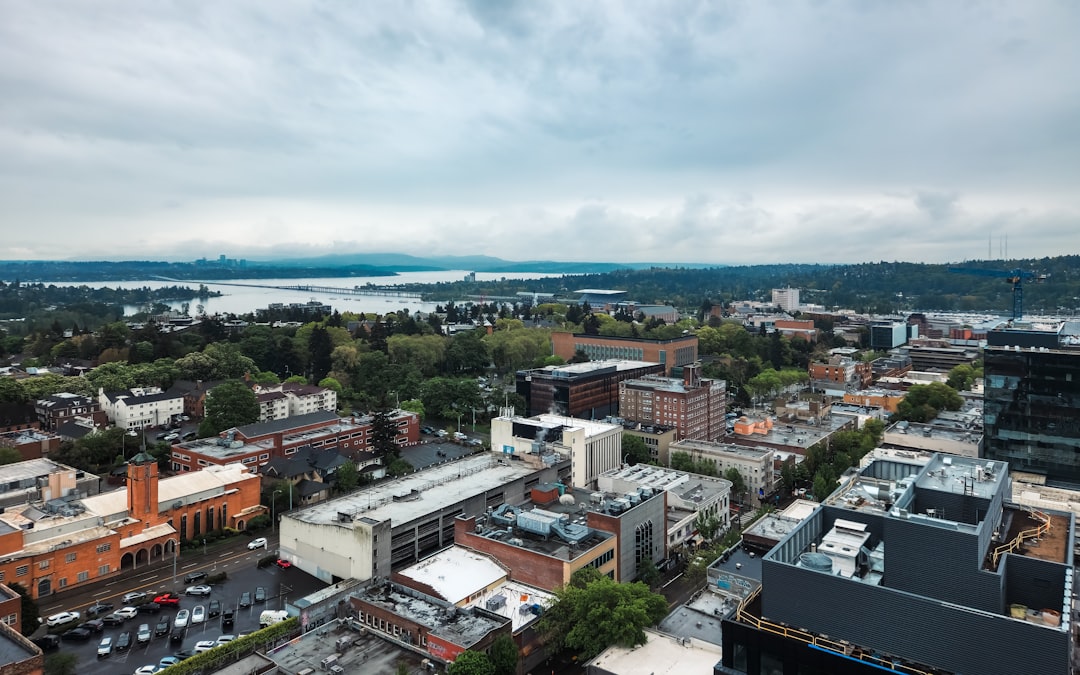


Leave a Reply